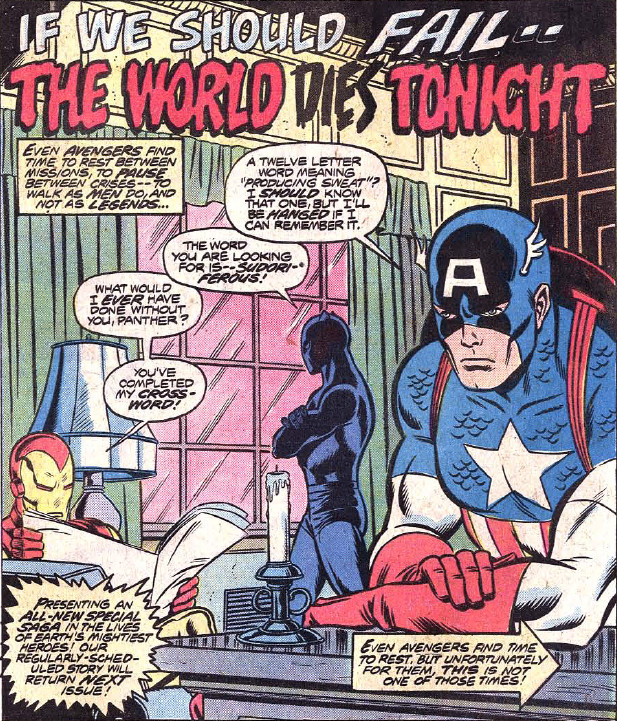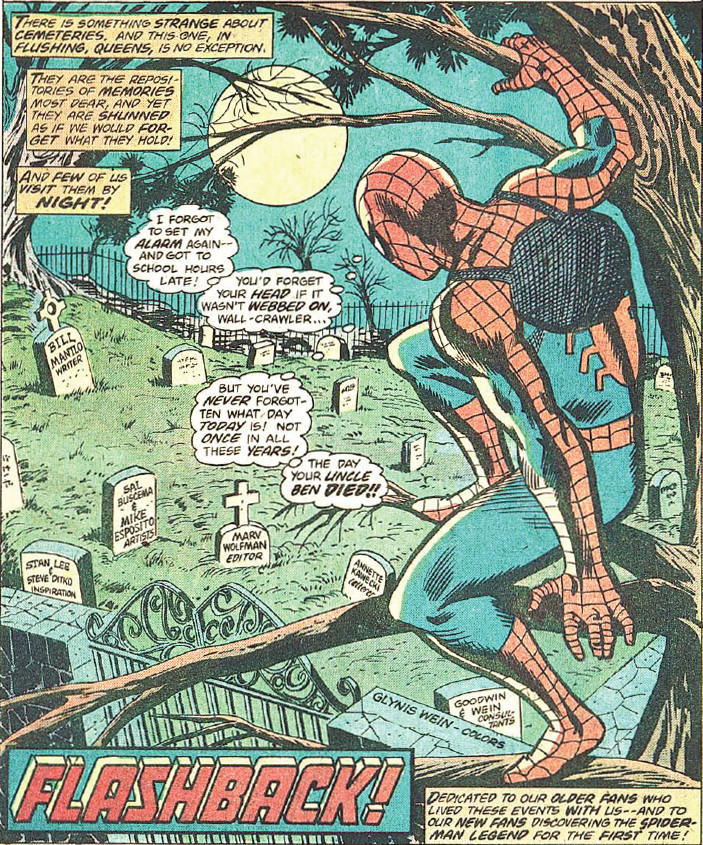There aren’t many people as controversial (or for that matter maligned) in the comics world as Jim Shooter. And for years I’ve heard about the issues associated with his run as Editor-in-chief at Marvel Comics. But looking at the current state of creator-owned comics are in, I think that it is high time that the Shooter’s legacy was revisited and some points clarified.
For those who don’t know much about Jim Shooter some relevant facts are worth discussing to set the stage for why I think his influence on comics should be re-examined and revised. Shooter, in his own words, was interested in comics as a child but lost interest around the time he was eight. Roughly four years later, he picked up comics again and studied how Marvel told its stories. Using these as a guide, he wrote and drew a story featuring the Legion of Superheroes for DC Comics with the idea that DC needed his help to start competing with Marvel. This unsolicited approach worked for him and at the age of 14 he was working for DC. His tenure at DC was marked with the creation of a lot of enduring characters and ideas that continue to this day.
After some 10 years spent kicking around the comics industry, advertising, and graphics design, Shooter was offered a job at Marvel comics as an editor. About two years later, he became Editor-in-chief. During his time in this position (1978-1987) Marvel prospered, most notably in two areas.
First, Shooter ushered in some of the new ideas in the business end of comics. Recognizing the growing specialty shop presence, he took the chance of distributing several Marvel titles strictly through direct sales to comic book stores, bypassing the usual newsstand approach. He also setup royalties for creator-owned material in Epic Illustrated, which help address the long-term feud between management and labor about how profits were distributed. And finally, he championed the large-scale, imprint-wide, crossover event with the first Secret Wars.
Second, Shooter provided a consistent editorial voice and approach in the creation what is and should be the main product of any comic book line – good, compelling stories. To this end, he emphasized two points above all others: the exposition needed to be clear and deadlines needed to be met. Unfortunately, imposition of structure on creative types is often ill-received and this aspect of Shooter’s reign is often mocked (e.g. by Peter David) and cited as the reason for his firing in 1987. Of course, I don’t have any clear picture of what it was to work for Jim Shooter. Rather, I would like to talk about the editorial points from the point-of-view of a longtime reader and collector.
I started collecting comics in late 1973. At that point, Marvel had already 12 years of publication history under its belt. Getting onboard with the story lines was one of those difficult enterprises akin to merging onto a superhighway on your first outing with a car. There was a daunting ‘history’ to deal with and often I couldn’t tell who was who and just took in on faith that it was going somewhere. I suppose Marvel counted on having a loyal following, that they were the ‘in thing’, and that young kids would just have to ‘pay their dues’. I can’t speak for all of my peers, but I was often too stupid to understand that the exposition was lacking. However, I wasn’t too stupid to realize that I had only a fixed sum of money and I often avoided those books which required too much background. Note that this was in the age before the internet, when the acquisition of back issues was a laborious thing, and the idea of reprint series like Marvel Masterworks or Essentials had yet to occur to anyone.
There was another complication that needed to be addressed. Even when I had the money I couldn’t always get the issue that I wanted. The news stand approach was always hit-or-miss as to what titles were going to be carried and how many of them would there be on the rack but Marvel overly complicated an already thorny situation with erratic publication schedules. For example, the figure below shows the publication cadence for Doctor Strange (1974).
The series started in June; skipped the month of July; had five issues in a row from August to December, one of which was a reprint; then took 3 months off; settled into a bi-monthly schedule; flirted with a monthly output; before settling finally into a bi-monthly pace. Whew! How does a reader know when to show up and how to budget.
Things on this front got better once Shooter took the helm. By all accounts, he enforced meeting deadlines, even at the expense of a reprint issue now and then. He insisted on stockpiling work product to help when things got tight.
An excellent example of this approach is found in Avengers #169, which falls in the middle of the famous Korvac saga (Avengers #167-8, #170-77). This one-shot issue, open with an explicit statement that this story is interrupting the current arc and gives a plausible reason for doing so.
The creative team was not the regular crew but rather a guest team, who may have created this ‘filler’ issue months before with the sole purpose to relieve a looming deadline that couldn’t be met. By ensuring the regular publication schedule, Shooter demonstrated an acumen for business whereby the reader base gets something on a consistent basis – even if that something is not exactly what was envisioned.
In addition, the tone of stories issued under his direction changed quite a bit. There were more flashbacks and explanatory dialog/captions than ever before. Most of it was done artfully without being too intrusive but it was a welcome change to me, even in those cases where I knew what had happened before (by this point I had paid most of my dues).
Although I don’t know for sure, I also believe he was behind the many ‘album’ issues that came out during this time. These served as mini-summaries of the key historical points in the series (and to whet the appetite for back issues). Two primary examples of these are Fantastic Four #190 and Spider-Man #181 (both from 1978)
The basic premise of both issues is a reflection on the past by a lead character. In the case of the Fantastic Four, the Thing reminisces about the past while thumbing through his diary with Alicia Masters. In the case of Spider-Man, the cause of his look back to the past is the anniversary of the death of Uncle Ben.
Note the lower-right caption in particular reads
A quick skim through the Avengers run with Shooter at the helm as writer also shows that he knows how to ‘eat his own dog food’. His stories are tightly constructed and have a good balance in exposition, neither getting pedantic nor obscure.
Considering the number of creators who fail to construct compelling stories and the absence of clear exposition in many of todays, modern titles, I think it may be high time to revisit the legacy of Jim Shooter.




